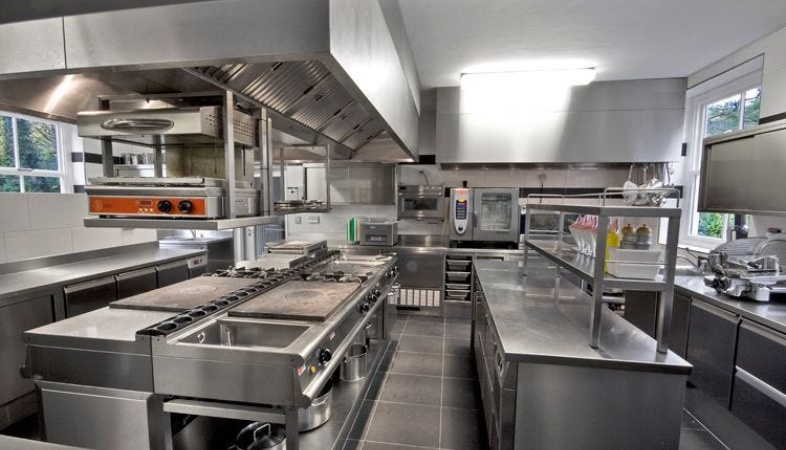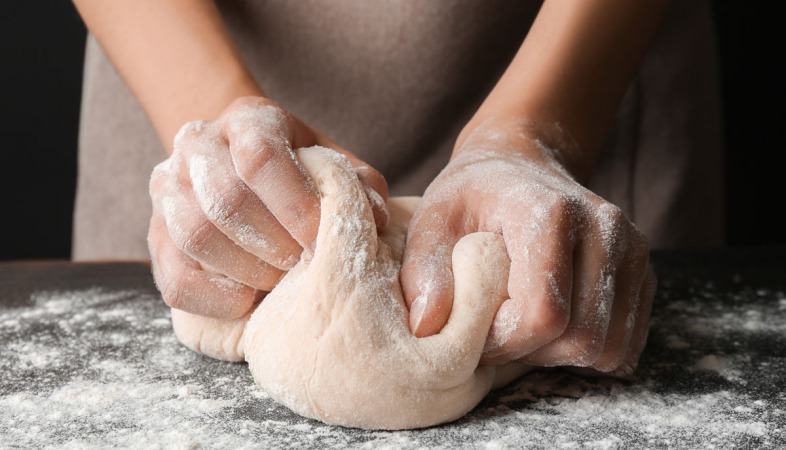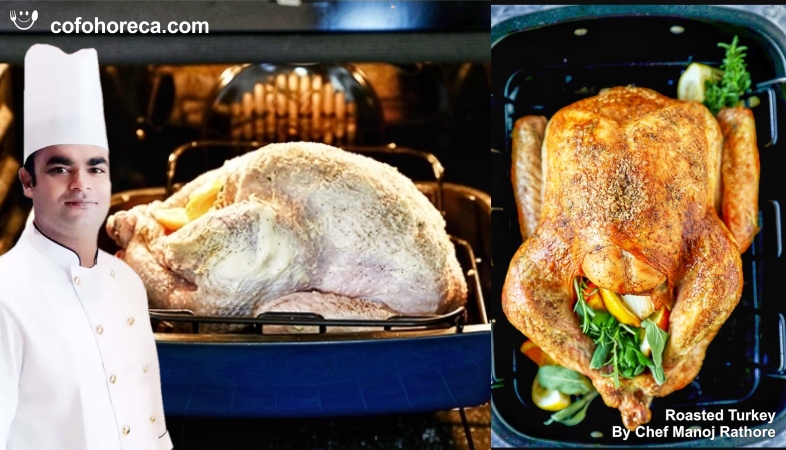Choosing the Right Equipment for Your Kitchen: A Guide to Efficiency and Excellence
By following these tips and guidelines, you can choose the right equipment for your kitchen that enhances efficiency, productivity, and the overall quality of your culinary offerings.

Equipping your kitchen with the right tools is crucial for
ensuring efficiency, productivity, and the delivery of high-quality dishes.
Here are some essential tips to help you choose the right equipment for your
kitchen.
1. Assess Your Needs:
Before purchasing any equipment, assess your kitchen's requirements based on the type of cuisine you'll be preparing, the volume of dishes you'll be serving, and the available space. This initial assessment will guide you in selecting the appropriate equipment to meet your specific needs.
2. Prioritize
Essential Equipment:
Identify the essential equipment that is indispensable for your kitchen operations. These may include commercial-grade stoves, ovens, refrigerators, freezers, and workstations. Prioritize investing in high-quality, durable equipment for these essential functions.
3. Consider Space
Constraints:
Take into account the size and layout of your kitchen when choosing equipment. Opt for space-saving designs and multifunctional equipment to maximize efficiency and make the most of limited space. Additionally, ensure that there is adequate ventilation and clearance around each piece of equipment for safe operation.
4. Focus on
Durability and Quality:
Invest in equipment that is built to last and can withstand the demands of a commercial kitchen environment. Look for reputable brands known for their durability, reliability, and quality craftsmanship. While cost may be a consideration, prioritize long-term value over short-term savings.
5. Opt for
Energy-Efficient Models:
Choose energy-efficient equipment that can help reduce utility costs and minimize environmental impact. Look for equipment with ENERGY STAR certification or other energy-efficient ratings, which indicate superior energy performance and lower operating costs over time.
6. Ensure Ease of
Maintenance:
Select equipment that is easy to clean, maintain, and service to minimize downtime and prolong its lifespan. Consider factors such as removable parts, accessibility for cleaning, and availability of replacement parts and service support from manufacturers or suppliers.
7. Test Before
Purchasing:
Whenever possible, test equipment before making a purchase to assess its performance, functionality, and ease of use. This hands-on approach allows you to make informed decisions and ensure that the equipment meets your specific requirements and preferences.
8. Budget Wisely:
Set a realistic budget for purchasing kitchen equipment and allocate funds based on your priorities and the critical needs of your operation. Balance cost considerations with the long-term benefits and value provided by high-quality, reliable equipment.
By following these tips and guidelines, you can choose the right equipment for your kitchen that enhances efficiency, productivity, and the overall quality of your culinary offerings. Remember that investing in the right equipment is an investment in the success and sustainability of your food business.
.png)




























